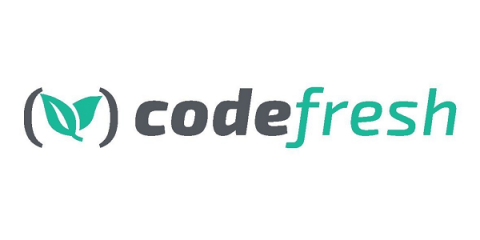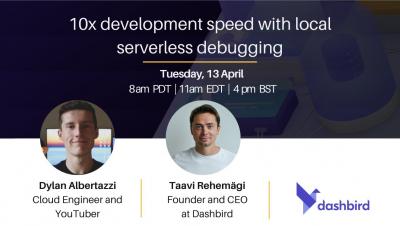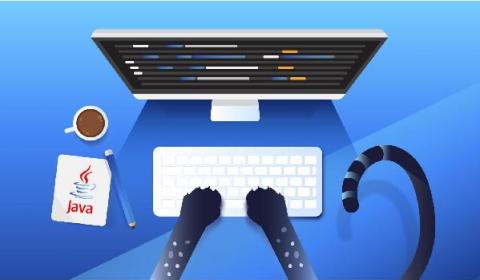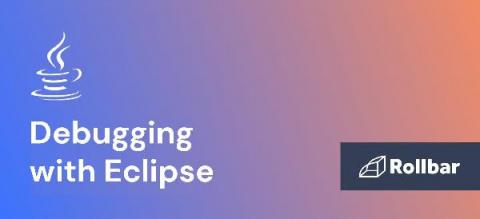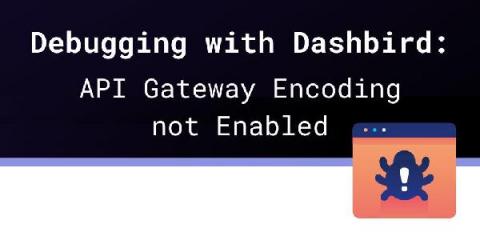Using Telepresence 2 for Kubernetes debugging and local development
Telepresence 2 was recently released and (like Telepresence 1) it is a worthy addition to your Kubernetes tool chest. Telepresence is one of those tools you cannot live without after discovering how your daily workflow is improved. So what is Telepresence? It is too hard to describe all the functionalities of the tool in a single sentence, but for now I would describe it as the “Kubernetes swiss army networking tool”.


